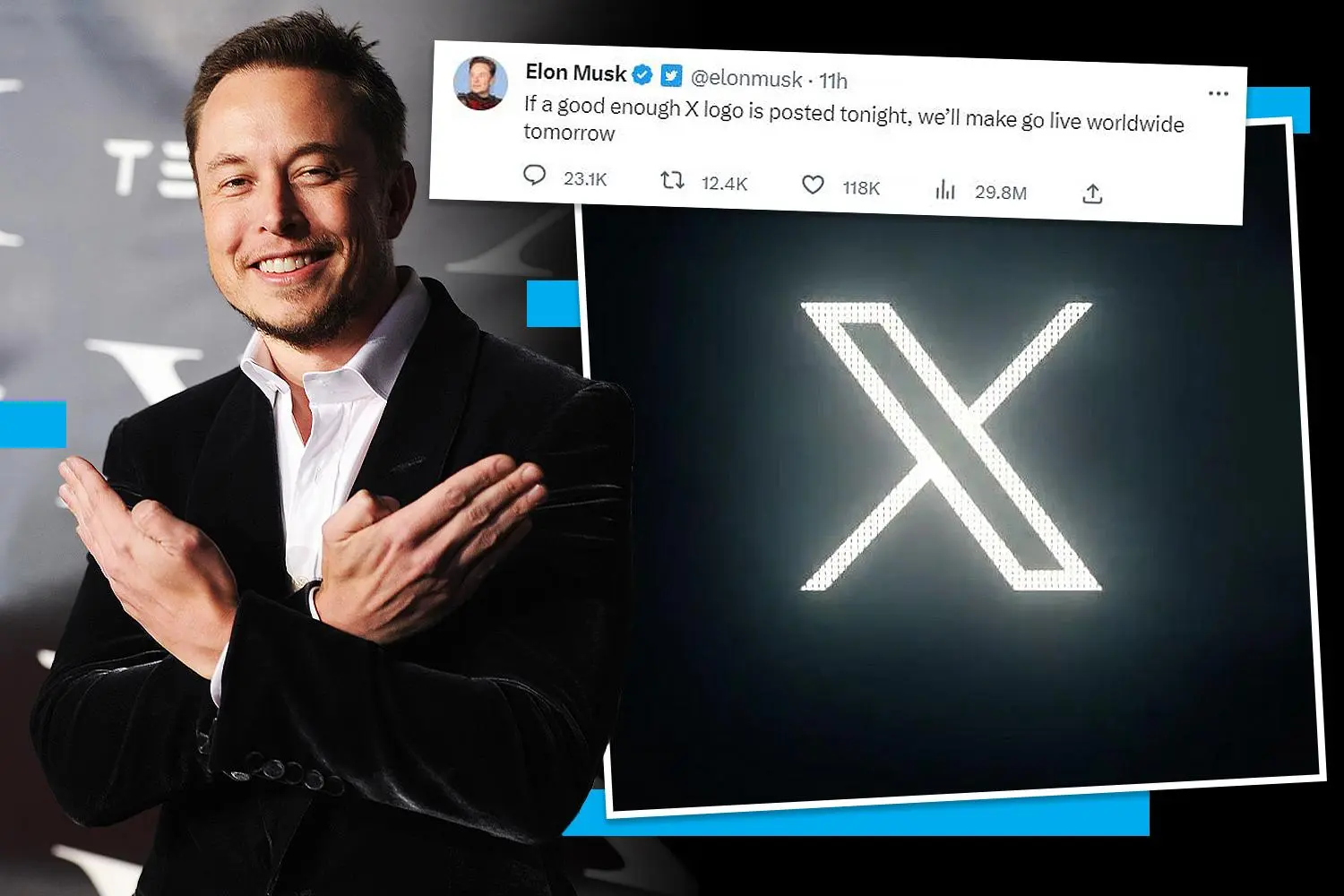
Unveiling the Power of Branding: The Art & Science of Branding Beyond Logos

April 16, 2024
In the vast ocean of commerce, where countless ships sail, branding serves as the North Star guiding businesses towards success. It’s not just a logo or a catchy slogan; branding encompasses the essence of a company, shaping perceptions, and fostering connections with consumers. At Par Marketing, we understand the profound impact of branding and its pivotal role in driving businesses forward. Join us on a journey as we delve into the history, significance, and elements of effective branding.
The History of Branding
Branding traces its origins back to ancient civilizations, where symbols were used to differentiate products and signify quality. Fast forward to the late 19th century, and the industrial revolution birthed modern branding with the rise of mass production and consumerism. Pioneers like Coca-Cola and Procter & Gamble laid the groundwork for branding as we know it today, emphasizing consistency, emotion, and storytelling to connect with consumers on a deeper level.

Why Do We Need Branding?
In today’s hyper-competitive marketplace, branding is not just a luxury; it’s a necessity. With countless options available to consumers, a strong brand serves as a beacon of trust and reliability. It creates distinctiveness, fosters relationships based on shared values, and influences consideration, driving purchase decisions. Whether you’re a multinational corporation or a local artisan, effective & efficient branding can help you expand the relevant reach and carve out a distinct identity in the minds of consumers.
A strong brand can result in efficient ROI owing to a pull (Mental Availability) created rather than only pushing the product through distribution channels (Physical Availability). The brand hence the product/ company can command premium pricing, attract top talent, and weather market fluctuations more resiliently. Moreover, branding extends beyond products and services; it shapes the entire customer experience, from initial interaction to post-purchase satisfaction. In essence, branding is the heartbeat of a successful business, pulsating with authenticity, relevance, and resonance.
Why is Distinctiveness Crucial in Today’s Saturated Market?
In today’s saturated branding landscape, standing out is no longer merely advantageous; it’s imperative for survival. As the marketplace becomes increasingly crowded with competitors vying for consumers’ attention, being distinctive is what sets a brand apart from the noise and clutter.
advantageous; it’s imperative for survival. As the marketplace becomes increasingly crowded with competitors vying for consumers’ attention, being distinctive is what sets a brand apart from the noise and clutter.
Distinctiveness not only helps a brand catch the eye of potential customers but also ensures that it remains memorable throughout the customer journey leading to consideration and purchase decision. In a world where consumers are bombarded with endless choices across multiple touch-points, a brand that lacks distinctiveness risks being overlooked or not become part of the consideration set altogether.
Furthermore, in an age where consumers are increasingly seeking authenticity and meaningful connections with brands, distinctiveness plays a vital role in conveying a brand’s identity and values. Brands that stand out as distinctive based on shared values or culture are more likely to resonate with consumers on a deeper level, fostering trust and relationship that extends beyond mere transactions.
Branding Vs. Marketing
While branding and marketing are closely intertwined, they serve distinct purposes within the realm of business strategy. Marketing encompasses the strategy or storytelling to ensure that the brand communicates in a synergized manner with their consumers across touchpoints be it above-the-line (including digital), through-the-line or below-the-line. On the other hand, branding is the story in itself, the foundation that underpins these efforts, defining the overarching customer insight, product story, brand personality, narrative, values, tonality and promise to the customers. It can take the shape of many distinctive brand assets from sound (Netflix “tudum”), to shape (Coke bottle), to visual (McDonalds golden arches) to smell (Subway fresh bread) or even taste (Reese’ peanut butter cupcakes). In essence, marketing activities driving physical availability only may drive short-term sales, but synergized marketing with branding (merged with mental availability) cultivates long-term relationships and brand equity.
Company Branding vs. Individual Branding
Company branding and individual branding represent two facets of the same coin. Company branding focuses on building a cohesive identity for the entire organization, encompassing its values, mission, and personality. On the other hand, individual branding revolves around cultivating the personal brand of key figures within the company, such as founders or CEOs. Both forms of branding complement each other, contributing to the overall perception and reputation of the business. This knowledge and its usage in PR strategies helps the company’s mental presence grow multi-folds.

What Makes Brands Grow?
Brands transcends aesthetics; embodying authenticity, consistency, and relevance of shared values with its customers makes long-lasting brands grow. It starts with a deep understanding of the human behaviour, cultural perspective, macro-economic trends and market landscape, allowing businesses to craft messaging and visuals that tell a story resonating with their core values and customers’ aspirations. Consistency is key across all touchpoints, from logo design to customer service interactions, reinforcing the brand’s identity and fostering trust. Moreover, good branding evolves with the times, staying agile and responsive to shifting consumer preferences and market dynamics.
An ever evolving conclusion on the benefits of branding:
In conclusion, branding is not just a logo or a tagline; it’s the soul of a business, encapsulating its essence and aspirations. At Par Marketing, we recognize the transformative power of branding to drive sustainable and efficient growth. From crafting compelling narratives based on cultural human truth to designing memorable visuals, we specialize in helping companies forge meaningful connections with their audience and stand out in a crowded marketplace. Embrace the power of branding, and make your brand grow.
As the digital landscape continues to evolve, the importance of branding will only intensify. In an era defined by fleeting trends and fleeting attention spans, a strong brand serves as an anchor, grounding businesses amidst uncertainty and change. It’s not just about selling products or services; it’s about creating a lasting legacy and leaving a positive impact on the world. So, whether you’re a budding startup or an established enterprise, invest in your brand, and watch it flourish like never before.
In conclusion, at Par Marketing, we believe that branding is not just a means to an end; it’s the catalyst for transformation and growth. By harnessing the power of branding, businesses can transcend mere transactions and forge genuine connections with their audience. So, let’s embark on this journey together and unlock the full potential of your brand.
FAQs
4 Cs of branding constitute a framework that is applied in the construction of a good brand strategy. They include Company, how you prioritise your internal mission and values; Customer, what you know about the needs and aspirations of the audience to which you are appealing; Competitors, how you differentiate yourself in the market; and Culture, the social and industry trend affecting your brand.
Your logo is only one small element of your brand visual identity, an emblem of all the other things. The ultimate experience and emotional response of people to your business, however, is called branding. It is a combination of the values, mission, tone of voice, customer service and the image your company makes after some time. The logo is a trigger and the brand is the whole story.
The first thing about branding would be to get to know whom you are marketing to and what is the actual purpose of your brand. You can never start building a logo or a web site until you understand what kind of audience you are addressing; what is the issue that you address; and what is something unique that you provide. This pre work will inform any future decisions to incorporate your visual image and your communications.
Sales are not sufficient as the best measures of brand positioning success. Applicable indicators include brand awareness (how many people know about ur existence?) brand perception (what do they think about you? ) and customer loyalty ( how often do they continue returning to you rather than to your rivals? ). Mostly gauged by surveys and social listening, measurement of these factors reveals whether your brand is taking up the right space in the head of your customers.
When creating a brand personality one should start with identifying core values of your company and converting these values into human traits. The best you can do then is to answer yourself this question: What would my brand be as a person? Base your messaging, tone of voice and the style of visuals on such adjectives as friendly, innovative or sophisticated. The intention is to make a personal and effective character of your brand so that it appeals to your target market.
A luxury brand is the one that can give a product or a service with the highest level of quality, workmanship, and exclusivity. Not only are the brands selling a product, but they sell a fantasy, a life and a right to an emotions and most of these are quite expensive. Their success is supported in terms of heritage, rarity and allure of prestige.
April 16, 2024
Recent Blogs







